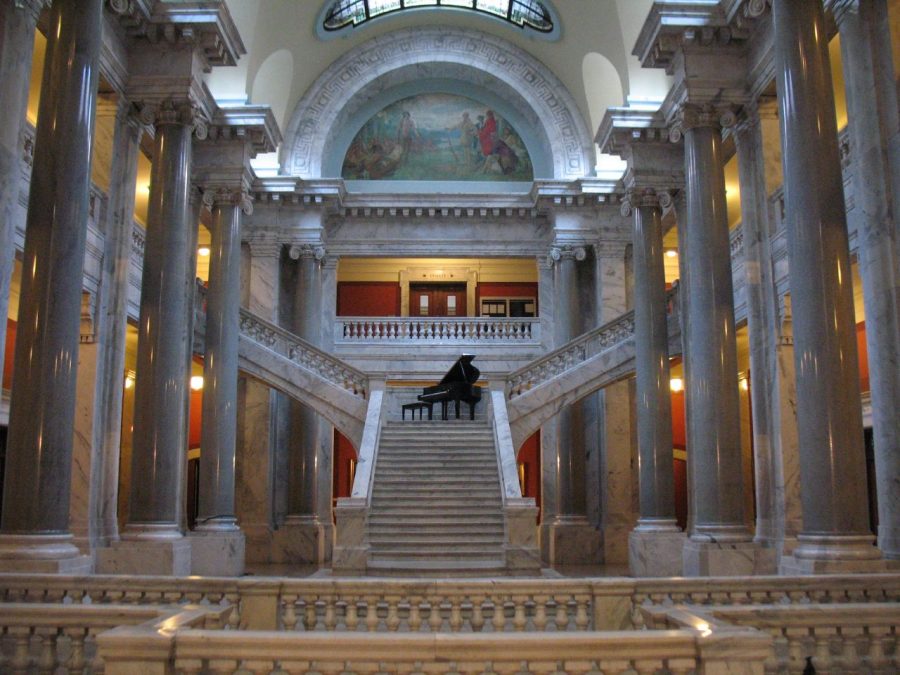Over the years, there have been numerous instances of school administrators censoring student publications such as newspapers, yearbooks, and magazines. As the times have changed, students have found new ways to express themselves. Social media has blossomed over the past decade and is now an integral part of the life of the average high school student.
In 2003, friends Tom Anderson and Chris DeWolfe co-founded the popular website MySpace, which sparked the movement of America’s youth to social media sites. MySpace reigned until 2008 when it was overshadowed by Mark Zuckerberg’s Facebook. Facebook allowed people to connect with high school friends, family members, and people from across the world. Its popularity far surpassed MySpace, and in September 2012 it reached its one billionth user. As technology has continued to rapidly progress, so too has social media. The past three years has seen the rise of more social media sites such as Twitter, Vine, and Instagram. Connecting with people over the internet has never been easier.
High school students flock to these websites; interacting with their friends, posting pictures and videos, and sharing their thoughts and opinions with the entire world. The problem with this is that high school students, for a variety of reasons, do not always use this freedom in the best possible ways. Social media offers a window into a person’s life even though they may not think about it that way. This is why you may see pictures of teenagers drunk at parties, under the influence of drugs, or engaging in otherwise illegal or frowned upon activities. Cyberbullying has also become a major issue in this new digital age. Insults, derogatory comments, and threats are thrown across cyberspace at teenagers at an alarming rate.
DuPont Manual High School’s Assistant Principal Greg Kuhn weighed in on the topic as a school administrator:
“I think that it is important for us to recognize the distinction between school violations versus law violations. If I am alerted to a student breaking the law, I will let the parents know that there is an issue. But all things on social media pertaining to the property, faculty, and students here at Manual are part of my jurisdiction and will be handled appropriately in school. Threats are big, whether they are outward towards someone else or inward at the perpetrator themselves. We also try to monitor anything that casts our school in a bad light.
Students tend to think that the things they post on social media are private or secure. I can’t stress enough that it is NOT. Once you post something on the internet, it is there forever–there are no “take-backs.” I realize that teenage etiquette today involves a lot of vulgarity in language and subject matter. I tell my kids this all the time; before you post something ask yourself: would I want a college admissions officer to read this? It’s simple, if the answer is no, DON’T post it.
I think that the value in administrators stepping in to monitor social media is that is creates gray areas. I have the authority to determine if a student’s tweet is worthy of a punishment. There is no black and white, it is all areas of shady gray. And I think it is better this way. When there are gray areas, it is harder for students to try and find loopholes in the rules. If a student hesitates from tweeting something because they are afraid that they will get in trouble with me then that’s good. It is teaching them restraint. I’m happy to accept the role that I have as a deterrent.
I can’t force a student not to do something. But I can offer them empathy, resources, and support. Teenagers act their age. They always have. I don’t understand why people expect teenagers to act like 40 year-olds when they are only 17. When I am disciplining kids, my goal is not to make them feel bad about themselves. I am always looking for an opportunity to teach a lesson and make the student a better person for their future.”





